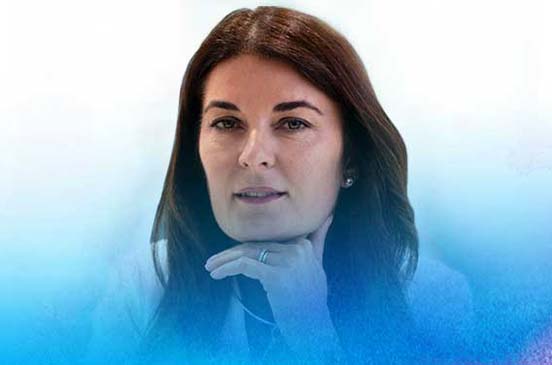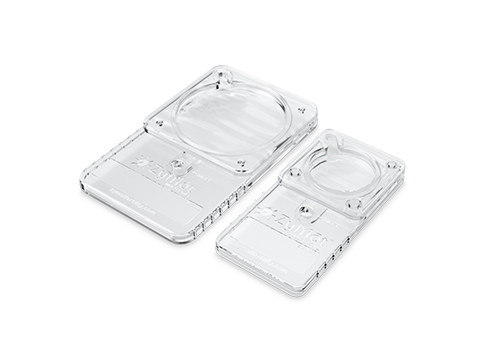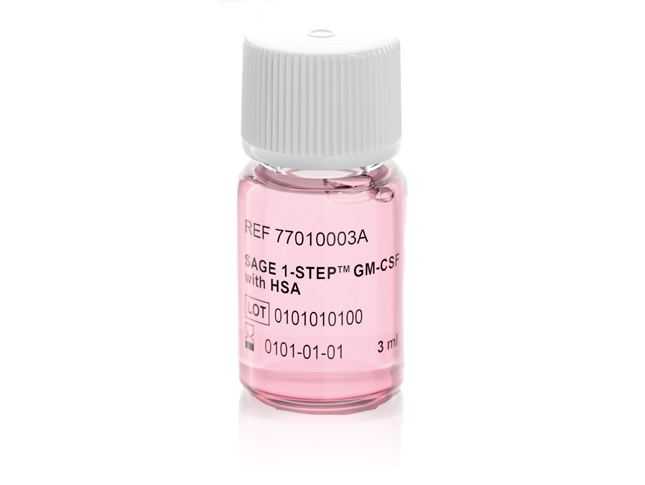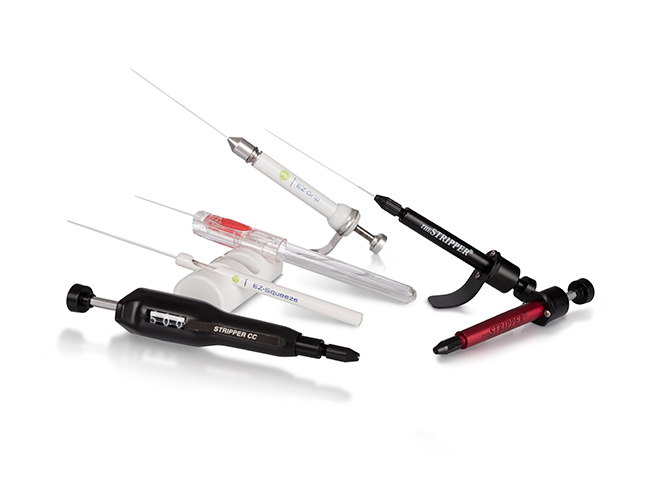An interview with Alpesh Doshi, Lab Director and Co-Founder of IVF London, UK
The efficacy of vitrification has made cryopreservation a more acceptable and viable option for many patients considering fertility treatment.
We spoke to Mr. Doshi, Lab Director, consultant Clinical Embryologist and Co-Founder of IVF London about how fertility clinics today have adopted cryopreservation and vitrification as a key strategy for patients and how flexibility in vitrification products can help clinics ensure better cost awareness and optimize lab efficiency.
Why is cryopreservation so important to fertility clinics?
As a consultant embryologist for over twenty-five years and one of the first scientists to bring vitrification into the UK, I’ve seen tremendous progress in cryopreservation, most noticeably, the shift from slow-freezing to vitrification. In the past, when we were slow-freezing, we would quote patients an embryo survival rate of around 50%. Now, with vitrification, we can confidently quote survival rates above 95%, which is incredible for
our patients.
Having a successful vitrification program also contributes to reducing grave medical risks for patients, such as ovarian hyperstimulation syndrome, by confidently opting to perform a freeze-all cycle and delay embryo transfer. Vitrification has really changed the way we offer treatment to our patients and is undoubtedly one of the key innovations in the IVF laboratory.
“Vitrification has really changed the way we offer treatment to our patients and is undoubtedly one of the key innovations in the IVF laboratory.”
Are patients educated around cryopreservation?
Yes, patients are more educated around cryopreservation options thanks to the internet, but there’s a lot of information out there. Our industry states that the role of the IVF laboratory and the embryologist is one of the most important areas where we determine success, but I do not think patients know that.
In my role, as Laboratory Director at IVF London, I’m creating a service that is scientifically focused, as well as clinically focused. This way, we can explain to patients what happens in the laboratory to help them understand their fertility journey. We are also empowering patients with information to help them choose the clinic that is right for them.
How has optimizing your cryopreservation program helped to treat a more diverse range of patients?
We are a fully inclusive clinic. That’s one of the key mission statements we have; we don’t treat only couples, we treat individuals. Whether they’re presenting themselves for treatment, whether it’s in the form of social egg freezing or social sperm freezing to potentially same-sex couples who may want to create a family or preserve embryos for the future, we are very inclusive on every front.
Vitrification has created more possibilities for many different types of patients. For example, through one stimulation cycle, a patient can have multiple rounds of embryo transfers, which was something that was not possible in the early days. This significant advancement is why around the country or even around the world, the majority of clinics have adopted vitrification as a key strategy for a patient’s treatment plan.

“Vitrification has created more possibilities for many different types of patients.”
How can fertility clinics increase the efficiency of their cryopreservation program?
At the moment, all clinics are facing pressures in many areas of work, including efficient workflow, staffing and how to strategically lower costs. And don’t forget, we’re going through a huge financial crunch in many countries relating to the pandemic, and there will be a lot of pressure on the laboratories to cut down on their costs without compromising on quality. This is one such area that Laboratory Directors will have no option but to look at.
For example, some of my conversations with CooperSurgical were centered around optimization of the vitrification process by increasing the volume in the pack and increasing the shelf life. Perishables are a cost awareness that all clinics must take into consideration.
Shelf life is very important, especially if you’re going to create a larger volume pack. You need to provide flexibility for the user. As a smaller clinic, we want to buy the right number of perishables, but having said that, cost efficiency is essential for a clinic of any size
“We need universal products that can fit the hands of many people working with it – simplified, user-friendly products that work..”
What factors do you look at when choosing vitrification and warming kits?
I was trained to research any product before considering it for use in the laboratory. This means understanding the composition of the media and how that impacts the vitrification and warming process.
For me, there are three main things to consider when it comes to vitrification. Number one: simplicity of use. Number two: cost-effectiveness. And number three, more technical information, such as which cryoprotectants are used and why.
Simple and flexible protocols are key to giving embryologists the freedom to work in the way that’s best for their laboratory. Therefore, a product has to meet the demands of various methods of working. It’s up to industry representatives to go into the labs and see how we are performing vitrification. We need universal products that can fit the hands of many people working with it – simplified, user-friendly products that work.
What’s an important part of the vitrification process that doesn’t get mentioned enough?
There are two parts to the vitrification process, the vitrification and warming media, and the vitrification carrier. As for the carrier, we are using VitriFit*, and it is performing really well; we quite like it. It’s an open system. It’s a simple system. It’s a space-saving system. It’s quite nicely color-coordinated in terms of color differentials, with many options for the user. The carrier system is an important part of this whole equation.
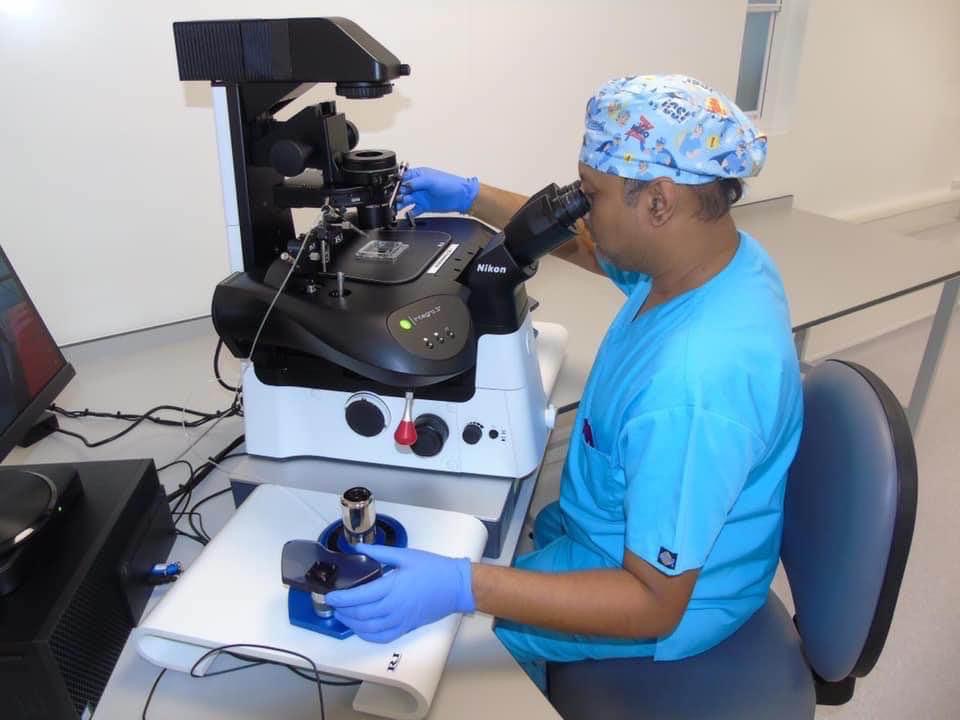
“Vitrification has been the greatest groundbreaking technological change in an IVF laboratory, in my opinion, and we’re enjoying a lot of success because of it.”
What other ambitions do you see for the field of cryopreservation in the future?
Vitrification has a 95% plus success rate and no product is going to perform at 100%, so it’s unfair to put an unrealistic expectation on it. Vitrification still remains quite a laborious process, and to a certain degree very user-dependent. One of the biggest challenges that I’ve had in my journey as a Lab Director is how do I get consistent results from embryologist A and embryologist Z. We often see trends in performance and that’s common, but I would love to see vitrification and warming becoming automated. That’s the next step in the lab. By removing the operator-induced variables, we move closer to a standardized procedure for all patients.
Until then, we still have a lot to be excited about. Vitrification has been the greatest groundbreaking technological change in an IVF laboratory, in my opinion, and we’re enjoying a lot of success because of it.
* US version is VitriGuard – a closed system vitrification carrier






